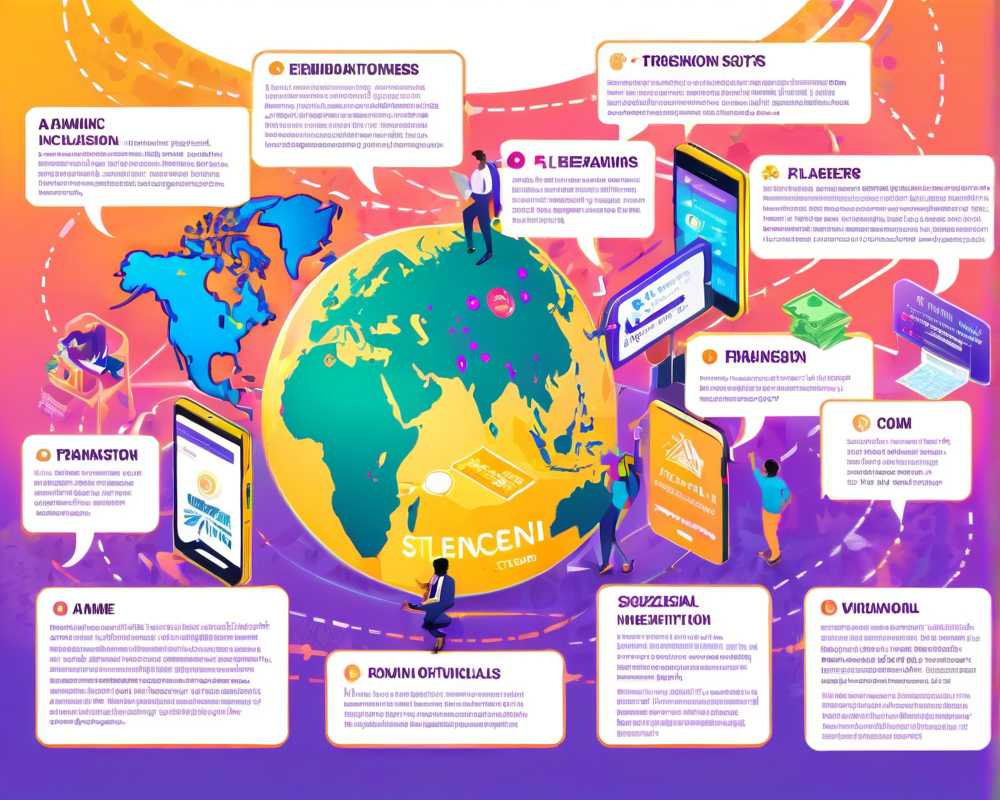The Challenge of Volatility in Emerging Markets
Emerging markets are like roller coasters—exciting but often throwing you around without much warning. Volatility reigns due to a concoction of political and economic instability that stifles growth. Imagine riding that coaster, but it’s fueled by a lack of good regulatory frameworks. It’s less fun and more like a trip where you didn’t quite get your money’s worth. This sporadic volatility leads to reliance on a few industries, making investors feel like they’re gambling rather than investing.
Liquidity: The Lifeblood of Healthy Markets
An effective market thrives on the liquidity of assets, which is inherently linked to participation. More players on the field mean more passes, right? If only a handful are playing, assets remain stagnant and investors are left wringing their hands. Without liquidity, the entire ecosystem suffers, and economies often remain shackled by those few strong industries that hold the purse strings.
Accessibility and Inclusion: A Two-Edged Sword
Many emerging markets find themselves stuck in a revolving door of limited financial accessibility. It’s like being invited to a party but realizing you don’t even have a way to get there—thanks, but no thanks. Large portions of the population are denied access to banking and investment accounts, leading to enhanced wealth gaps. Additionally, in some oligarchic regimes, this lack of financial accessibility serves as a tool for political control. The result? A stalling economy that can’t quite figure out how to gear up for forward momentum.
How Blockchain Could Be the Game Changer
Enter blockchain, the technology that promises to break down those barriers like they were made of paper. Born from the desire to dismantle centralized power—bye-bye, Wall Street elites—blockchain aims to democratize finance. In theory, it gives power back to the people, letting them dictate how they access and use their financial resources.
Tokenization: The Magic Bean of Asset Representation
Think of tokens as magical beans that sprout into opportunities! These digital gems can represent anything from shares of a company to tangible assets like art. Picture a scenario where someone snaps up a fancy painting worth $1 million. Tokenization allows dozens, or even hundreds, of investors to buy a piece of that overpriced pie, thereby opening the gates to the previously gated financial market.
Tokenization’s Ability to Ignite Change
As more assets become tokenized, not only does investment become accessible, but liquidity gets a hefty boost. Imagine a co-op of investors pooling resources to buy a property rather than one individual struggling to break the bank. And yes, they can trade their tokens freely, making it all the more enticing to join the party, increasing market dynamism in the process!
Cost-Efficiency Meets Flexibility
The appeal doesn’t stop there. With blockchain cutting out the middlemen—those pesky intermediaries—operational costs are reduced significantly. It’s a situation where everyone wins: lower costs for investors, higher accessibility for emerging markets, and a newfound flexibility in an otherwise rigid system. Plus, smart contracts can automate regulations seamlessly, meaning fewer gray areas where profits could slip through the cracks.
The Road Ahead: Towards A More Inclusive Financial Landscape
As we march forward, the intersection of blockchain technology and tokenization could spell a brighter financial future for emerging markets. A more inclusive landscape means everyone gets a seat at the table (or at least a chance to grab that slice of cake). With the right advancements in participation and financial inclusion propelled by tokenization, the dream of a thriving economic environment may finally be within reach!
“Tokenization could make the financial industry more accessible, cheaper, faster, and easier…” – Deloitte




